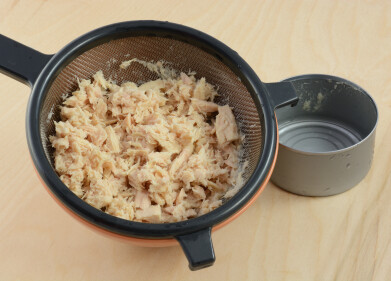Environmental Laboratory
’’High Definition GC/MS Technology Enables Trace Level Detection of Pesticides’’
Jul 20 2011
Persistent organic pollutants (POPs), including pesticides and dioxins, are chemical compounds produced by human activity and are widely distributed in the environment by natural processes, persisting for many years after forming. POPs become more concentrated as they move up the food chain and food is therefore the most common source of human exposure to these dangerous substances. Pesticides are often used to prevent, destroy and control pests on food crops and can leave residues on agricultural products.
This poses a risk to consumers and consumption can result in effects ranging from short-term health problems such as headaches and dizziness to long-term damage to the nervous system and, in some cases, cancer.
Continuous monitoring of pesticides in food is key in controlling exposure and facilitating regulatory compliance. Traditionally, in food industries and quality control (QC) laboratories samples can be rapidly and quantitatively screened for compliance in fast analytical cycles by using triple quadrupole GC/MS. However, when bringing new MRM methods online or adding more compounds to existing methods, it can be difficult to analyse for new and potentially toxic compounds in complex matrices. High definition GC/MS technology, such as ALMSCO International’s Bench-top time of flight.
(TOF) BenchTOF-dx™, has emerged as a powerful and cost-effective technique for selective, sensitive and precise detection of low level pesticides in food samples. The new method developed by ALMSCO analyses pesticides in a complex apple matrix and enables analysts to screen for both known and unknown compounds at much lower levels with a high degree of definition and clarity. Sample components can be clearly identified, quantified and differentiated from one another, while also retaining the required attributes of speed and selectivity. With modern high definition GC/MS technology, samples can be prepared more quickly and analysed with higher throughput, while also fulfilling regulatory requirements.
In this method, researchers analysed 23 pesticides in a complex apple matrix using the GC/TOF technology. The results show that a BenchTOF-dx platform enables extraction at sub unit mass, substantially reducing matrix effects. When combined with comprehensive GCxGC technology, sub unit mass extraction offers the possibility to further extend the list of analytes that can be screened in a single analysis within a given time. This method enables high performance and productivity pesticide analysis and the sensitivity of the BenchTOF-dx removes the need for extensive sample clean-up.
Digital Edition
AET 28.4 Oct/Nov 2024
November 2024
Gas Detection - Go from lagging to leading: why investment in gas detection makes sense Air Monitoring - Swirl and vortex meters will aid green hydrogen production - Beyond the Stack: Emi...
View all digital editions
Events
Dec 02 2024 London, UK
Dec 03 2024 Dusseldorf, Germany
Dec 11 2024 Shanghai, China
Jan 12 2025 Abu Dhabi, UAE
Jan 14 2025 Abu Dhabi, UAE








.jpg)










